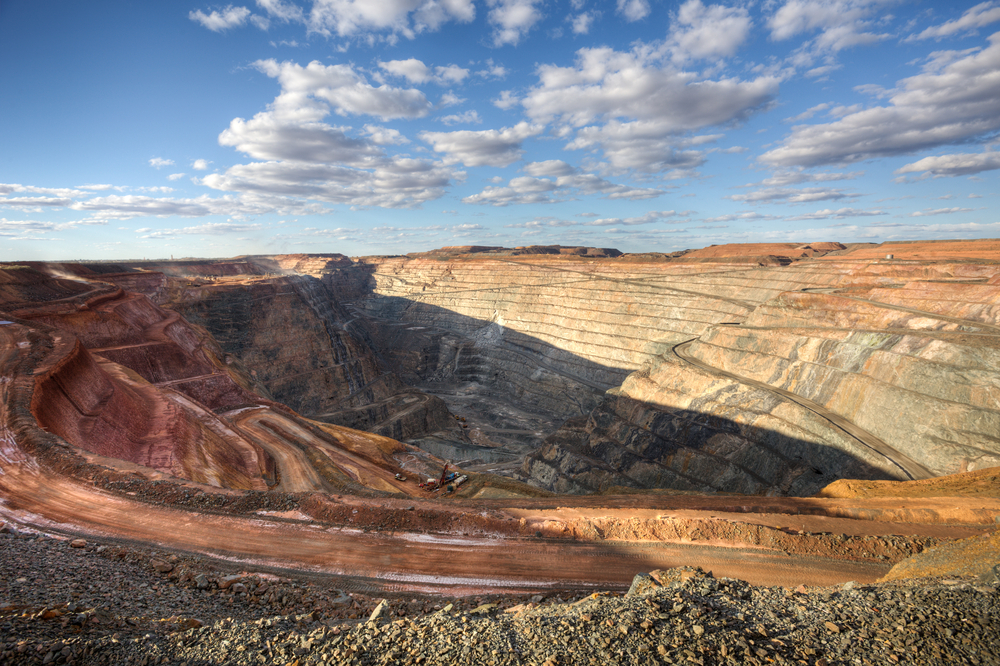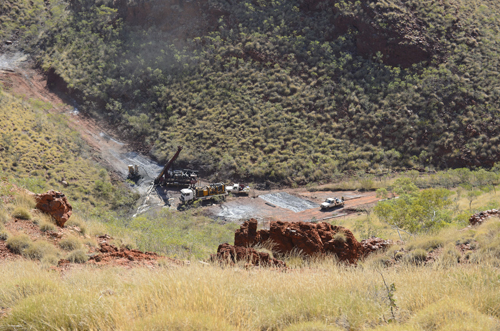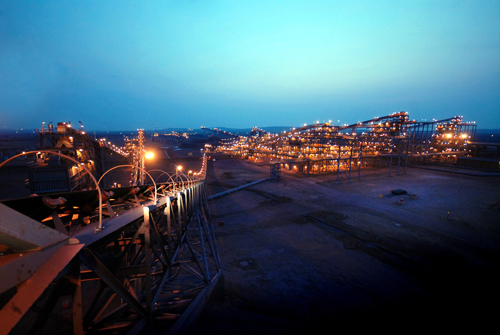
Namibia Diamond Trading Company (NDTC) was established in 2007, to sort, value and sell diamonds produced by Namdeb (the joint venture responsible for mining activities in Namibia) and more specifically to establish a viable downstream diamond cutting, polishing and jewellery design industry in Namibia.
DOWNLOAD
 NDTC-Africa-Mining-June13-Bro-s.pdf
NDTC-Africa-Mining-June13-Bro-s.pdf











